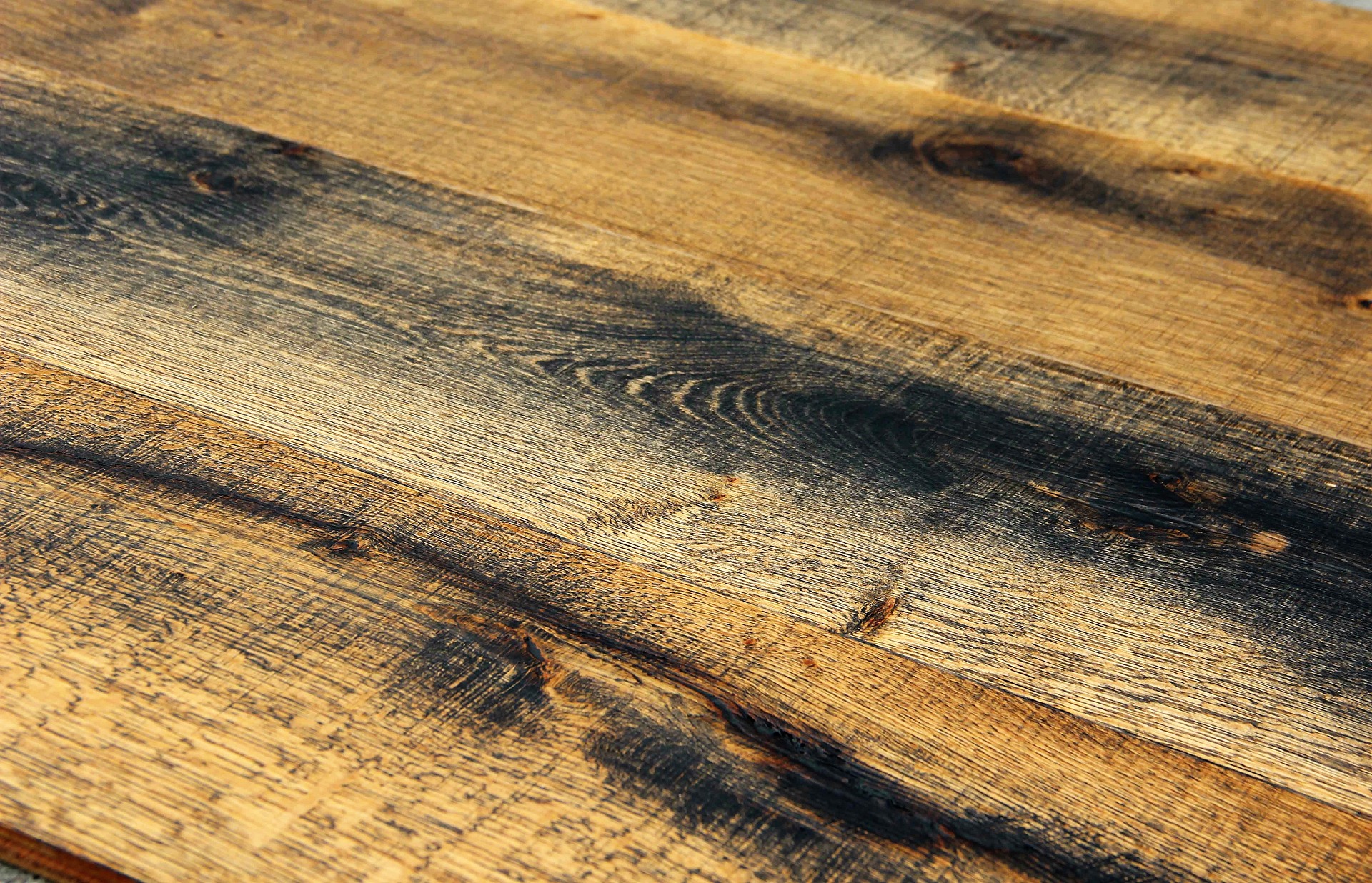Hardwood Flooring: Types, Care, and Design Considerations
Hardwood flooring remains a popular choice for homeowners and designers because it adds warmth, durability, and visual appeal to living spaces. This article explains the main hardwood options, how wood floors perform in different environments, and practical guidance for choosing finishes, installation methods, and maintenance strategies. Whether you’re considering oak flooring for its classic grain or maple flooring for a lighter look, this overview will help you weigh the factors that influence longevity and appearance.

What is hardwood flooring and common types?
Hardwood flooring refers to flooring milled from solid hardwood trees rather than composite or laminate materials. Two main categories are solid plank and engineered plank; within these, species vary widely. Common hardwood species include oak, maple, walnut, cherry, and hickory. Each species differs in grain pattern, hardness (often measured by the Janka scale), and color range. Choosing a species involves balancing aesthetic preference with practical factors such as foot traffic, susceptibility to dents, and how well the wood takes stain or finish.
How do solid and engineered wood floors differ?
Solid hardwood is produced from a single piece of timber and can be sanded and refinished multiple times, which can extend its life in appropriate environments. Engineered wood floors have a thin top layer of hardwood bonded to multiple plywood layers, improving stability in fluctuating humidity and temperature. Engineered options are often recommended for below-grade installations or rooms prone to moisture changes, such as basements. Both types work well in living rooms and bedrooms; installation methods (nail-down, glue-down, or floating) and subfloor preparation will influence performance and cost.
How do oak flooring and maple flooring compare?
Oak flooring is known for its pronounced grain and durability; red and white oak are popular choices that take stain well and coordinate with many interior design palettes. Maple flooring tends to have a lighter, more uniform appearance with a fine, subtle grain that suits contemporary or minimal interiors. Maple is slightly harder than some oaks, but its tighter grain can show scratches differently. Both species are durable for residential use, but the final look will depend on cut (plain-sawn vs quarter-sawn), finish, and plank width. Consider sample boards in your actual lighting to assess color and grain impact on the room.
What installation and moisture considerations affect wood floors?
Wood is hygroscopic and responds to changes in humidity by expanding or contracting. Proper acclimation of planks before installation is crucial: installers typically let wood sit in the installation environment for several days to adjust. Engineered flooring can be more forgiving in spaces with higher moisture variation, while solid hardwood is best on above-grade, climate-controlled floors. Subfloor flatness, moisture testing (for concrete slabs), and appropriate underlayment or vapor barriers are essential steps. When working with local services or contractors in your area, ask about their experience with the specific species and installation method you prefer.
How should hardwood flooring be finished and maintained in interior design?
Finishes range from oil-based and water-based polyurethane to penetrating oils and hardwax oils. Polyurethane finishes create a durable, protective film and are available in various sheen levels; water-based products dry faster and yellow less over time. Oils penetrate the wood and can offer a more natural, matte look but may require more frequent upkeep. Regular maintenance involves sweeping or vacuuming with a soft attachment, wiping spills promptly, and using felt pads on furniture. Avoid wet-mopping with excessive water. For scratches or wear, refinishing or spot-sanding and recoating can restore appearance—solid boards allow more sanding cycles than thin-engineered veneers.
Conclusion
Selecting hardwood flooring involves considerations of species, plank construction, installation environment, and finish to match both aesthetic goals and practical needs. Oak flooring and maple flooring offer distinct looks and performance traits, while engineered or solid construction affects where the product can be used and how it is maintained. Thoughtful planning around moisture control, acclimation, and ongoing care will help wood floors perform well over time and integrate smoothly into interior design plans.






